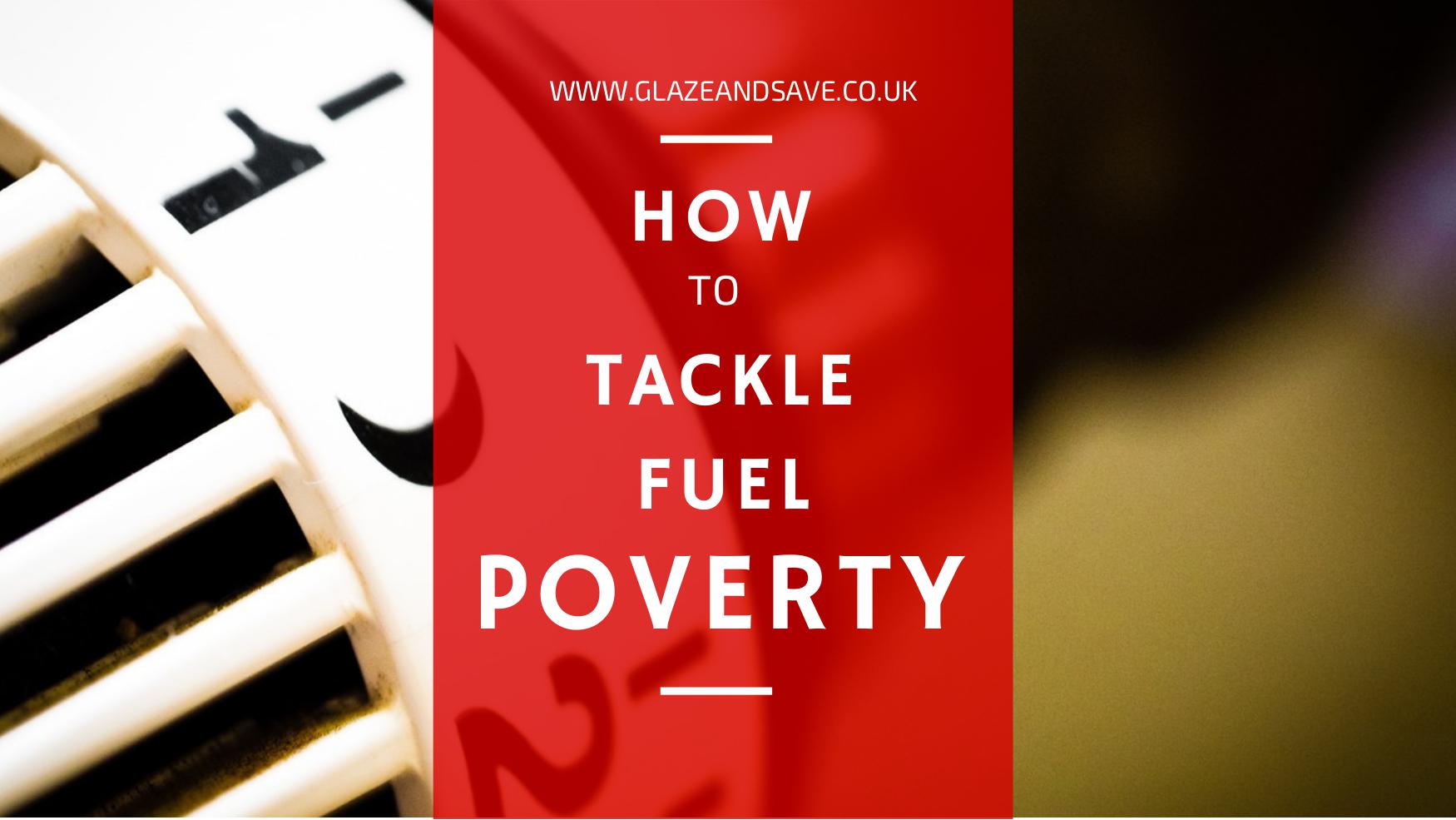How to Tackle Fuel Poverty | Glaze & Save
Fuel Poverty is a serious problem in Scotland. As energy
tariffs get higher and wages stagnate, more and more households find themselves
struggling to cope with the monthly or quarterly utility bills and can end up
in fuel debt, ill health, or living in homes which are just too cold. Inspired
by some great training and advice from Home Energy Scotland Strathclyde and
Central, today’s blog takes a look at what Fuel Poverty is, what causes it,
what its effects and impact is across the country, and what we can do to stop
it.
The U.K as a whole is the “cold man of Europe”, where we rank 14th out of 16 for fuel poverty in Western Europe, and a worrying 16th out of 16 for the proportion of people who cannot afford to adequately heat their homes.
What is Fuel Poverty?
It’s easy to talk about “fuel poverty” but what do we actually mean by the term? Energy Action Scotland, which Glaze & Save is a member of, uses the Scottish Government’s definition:
A household is in fuel poverty if, in order to maintain a satisfactory heating regime, it would be required to spend more than 10% of its income on all household fuel use.
A household is also said to be in extreme fuel poverty if it is required to spend more than 20% of household income on all household fuel use.
As of 2015, there were 748,000 households in fuel poverty with 203,000 households identified as being in extreme fuel poverty.
What is a “Satisfactory Heating Regime”?
To maintain a satisfactory heating regime, the Scottish Government states that the following conditions must be met:
The currently accepted, satisfactory heating regime means achieving for elderly and infirm households a temperature of 23°C in the living room and 18°C in other rooms, for 16 hours in every 24. For other households a temperature of 21°C in the living room and 18°C in other rooms should be achieved, for a period of 9 hours in every 24 (or 16 in 24 over the weekend) - with 2 hours being in the morning and 7 hours in the evening.
Does your household meet the satisfactory heating regime?
Of course, the actual heat of the household, real and perceived, will depend on many different factors such as the preferred thermal comfort of the home; the make-up of the household (babies, the elderly, working adults, etc.); the type of heating available in the household; the weather; the number of occupants of the household; the energy efficiency of the property and the affordability of the available heating methods.
Although official figures are lower, the End Fuel Poverty Coalitionputs the number of ‘fuel poor’ households in the UK at 4.5 million. Many people are spending more than they can afford, or going without what most consider a basic human need .
Fuel Poverty is about more than just feeling the cold. Ongoing fuel poverty can lead to a host of negatives issues arising, such as householders need to make the choice between heating and eating; the accumulation of fuel debt; physical and mental health issues; disrepair of properties and householders and their families being forced to make other sacrifices (such as going without holidays, new clothes, etc.). In all, an existence in fuel poverty is not a happy or healthy one. In fact, there is a proven link between fuel poverty and cardiovascular, circulatory and respiratory diseases.
What causes Fuel Poverty?
While many people would automatically blame ever-rising fuel prices as the main cause of fuel poverty, there are actually several other factors that contribute to the incidence of fuel poverty. These other factors are arguably more easily tackled than rising fuel costs!
Other factors that influence fuel poverty include:
· Lower incomes
· Poor energy efficiency of properties
· Under occupancy of homes
· Aging population who generally require warmer household temperatures.
· Fuel Poverty and Energy Efficiency
Energy efficiency and fuel poverty are inextricably linked. According to the End Fuel Poverty Coalition, 96% of fuel poor homes in the U.K are poorly insulated, and there are 21 million homes in the U.K with poor energy efficiency (defined as being below a Band C on an Energy Performance Certificate. You can find out more about Energy Performance Certificates here ).
The Energy Saving Trust estimatesthe percentage of heat lost from various areas of a house as follows:
· Walls 33%
· Roof 26%
· Windows 18%
· Doors 3%
· Floors 8%
· Draughts 12%
Of course, these figures depend on the type of property you live in and the type of energy efficiency measures you already have installed, but it is easy to see how important retrofitting energy efficient measures to your home can be for tackling fuel poverty in the home.
The Government’s Role in Tackling Fuel Poverty
According to the Housing (Scotland) Act 2001, the Scottish Government is was required to eradicate fuel poverty as far as reasonably practicable by November 2016. That target has not been met and a new target is to be announced in autumn 2017. http://www.eas.org.uk/en/target-to-eradicate-fuel-poverty-in-scotland_50553/
Local authorities also have a duty to tackle fuel poverty through their Local Housing Strategies.
What can Individuals do to Tackle Fuel Poverty?
While the main causes of fuel poverty, rising fuel costs and lower wages, isn’t necessarily something we can do much about individually, there are still several steps you can take to tackle fuel poverty.
· Contact Home Energy Scotland for a Home Energy Check During the Home Energy Check, the staff at Home Energy Scotland will make you aware of energy efficiency measures that you can carry out, changes in behaviour that could save you money, and link you up with potential funding options to help make your home more energy efficient.
· Adopt more energy efficient behaviours For example, making simple behavioural changes such as turning off appliances and closing curtains before dusk can save you £130 per year.
· Consider retrofitting energy efficient technologies in your home For example, Glaze & Save InvisiTherm reduces heating bills by 22.5% in rooms with treated windows.
· Maximise your income Contact your local Citizens Advice Bureauto find out which benefits you may be entitled to.
· Switch you energy supplier Using a comparison site makes it easy to find the best energy deal.




















